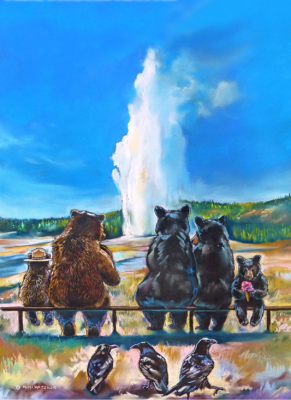Where do magpies nest? Why doesn’t a spider stick to its own web? How do water striders keep from sinking? The program Field Notes, produced and aired by the Montana Natural History Center and Montana Public Radio, has been answering such questions since 1991. The producers are generously sharing this fascinating material with KGVM. Please visit the original Field Notes web page for the full archive of all episodes.
Interested in writing a Field Note? Contact Allison De Jong, Field Notes editor, at adejong [at] montananaturalist [dot] org or 406.327.0405.
